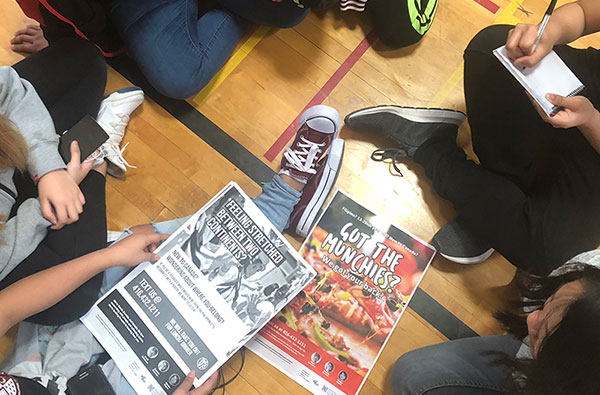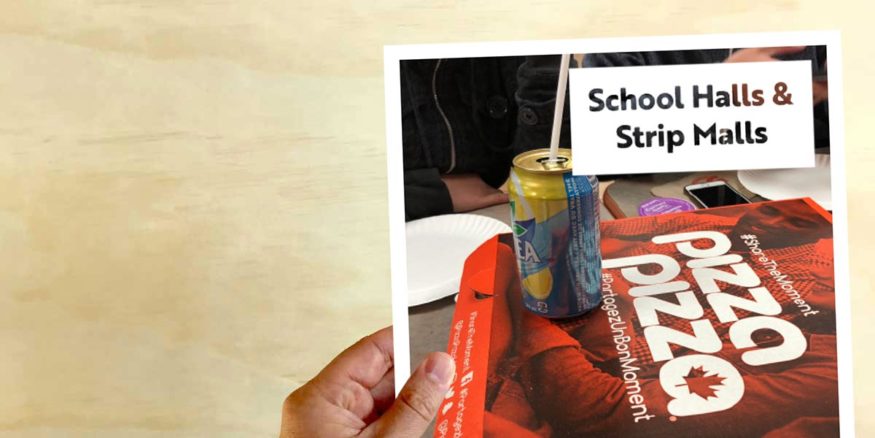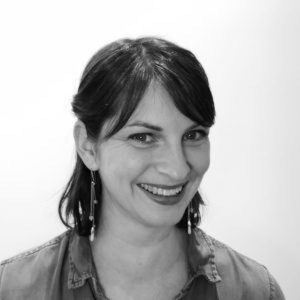Categories
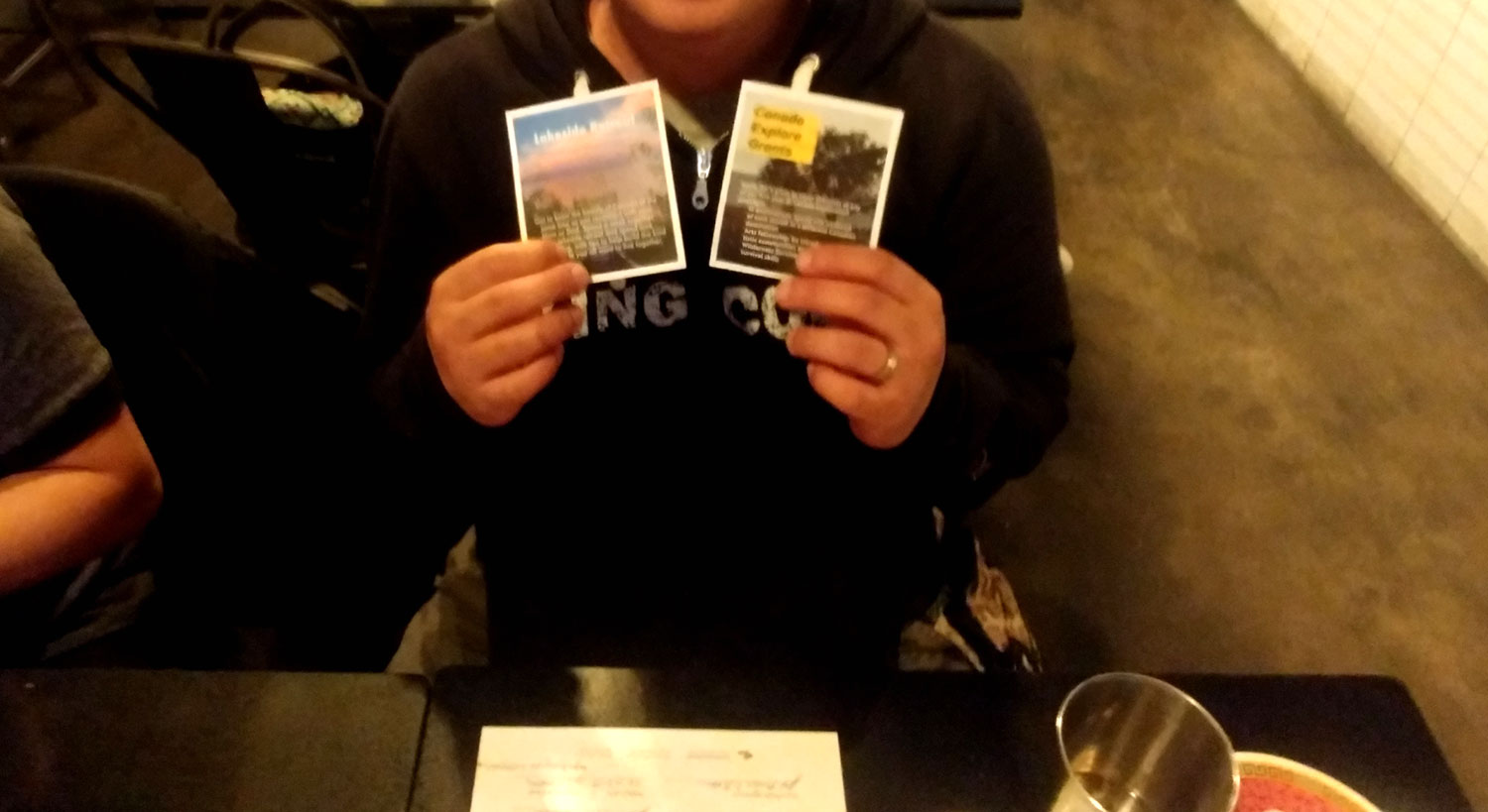
Jud works long days in the packaging plant on the fish farm north of Toronto. Most of his coworkers are Filipino, so, though he’s been here for over four years, it’s hard to improve his English. Now 22, he finds himself wondering about the big questions: “I think, ‘what is my purpose here?’ I can’t answer that question for myself.” And it’s not a discussion Jud can have at home in the short windows of time when he, his mom and his brother are not at work.
Just as with many Filipino immigrant families, the dominant narrative – to work and contribute to family success, measured in material wealth – goes unchallenged. Jud really wants to contribute, but he also wants to grow and learn – to experience the Canadian wilderness, or understand Indigenous cultures. He sees few options to unite these dual goals in a single strategy, and feels immobilized by fear of failure.
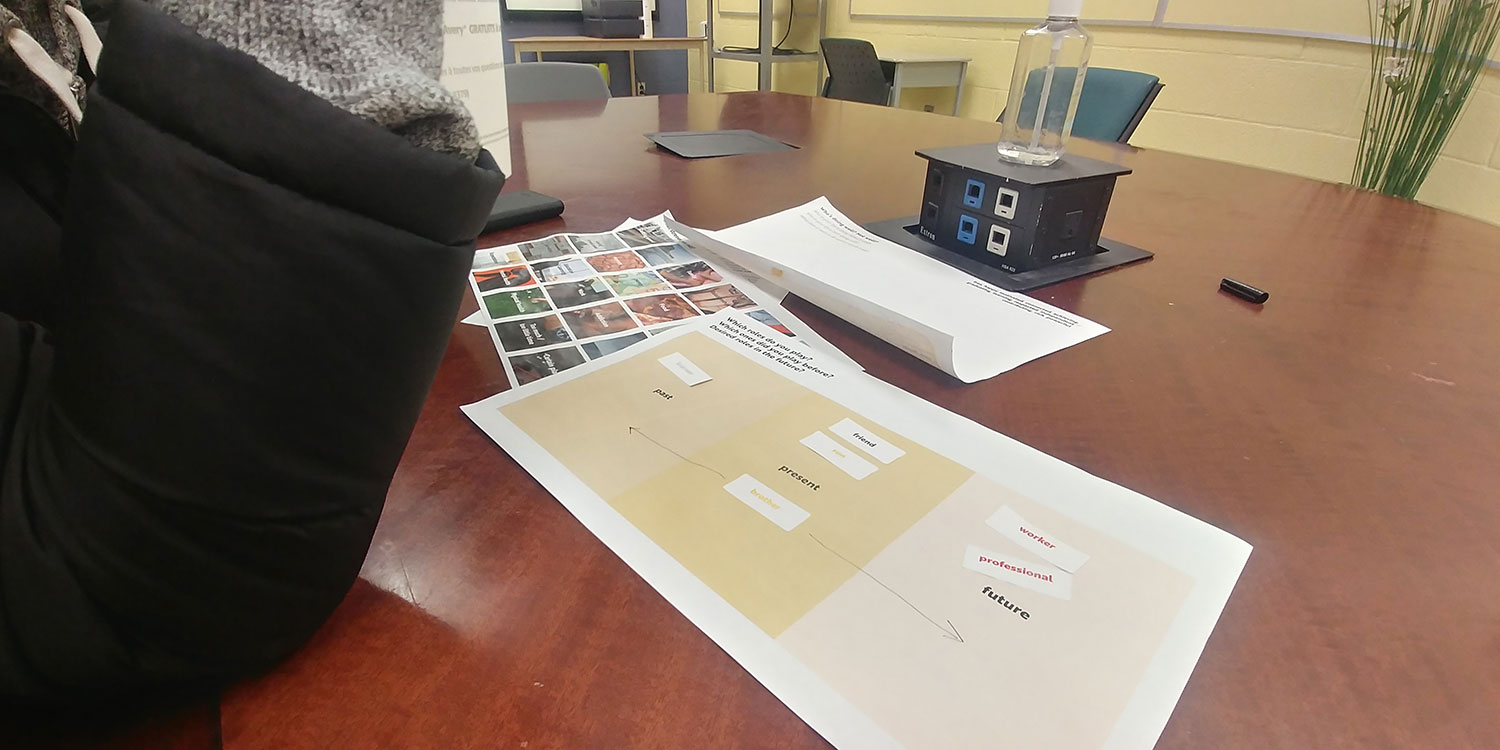
Karl has been here 9 months, in high school, and feels he is really not doing well. He misses the Philippines, his friends, and his grandmother who raised him, everyday. When he was in the Philippines, he just missed his mom. He knows his job is to do well in school, but he has a hard time studying, or doing anything other than video games, which he finds the best distraction from all that longing. He’d like to become a mechanic when he’s older…and work in the Philippines.
Karl supposes that everyone else around him is doing pretty well. His brother had to come back to high school after graduating in the Philippines, but he has an after-school job at Tim Hortons and he’s popular: “He can stand alone.” His mom is really busy so he mostly just sees her while she’s preparing food before school and he is video calling his grandmother. He thinks she “is doing well…because she’s working, I guess?”
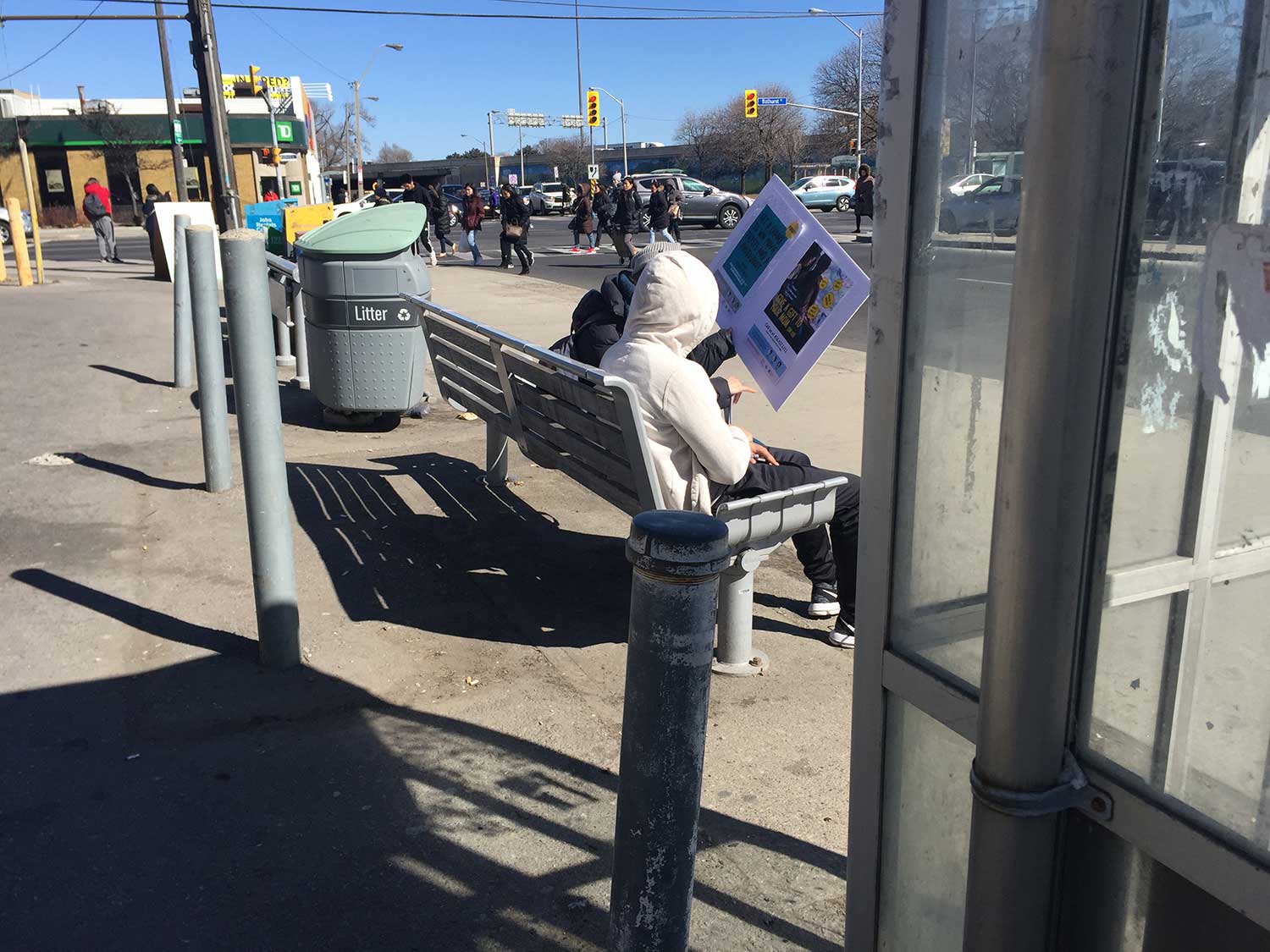
Jud doesn’t know about services at North York Community House, despite having a friend who works there, and he and his family have little time to check out supports offered at service locations. Aside from a temp agency, they’ve had little interaction with formal services. Karl knows a social worker who works at his school but he doesn’t want to talk about his troubles because he doesn’t “want anyone to worry.” Instead he spends time with Filipino peers who are dealing with the same pressures and perhaps the same emotions; although, Karl thinks they are either coping better or just care less than he does, so he still feels alone.
After spending time with about 50 “1.5 generation” (a term for immigrants who arrived in their new country as youth) and a bunch of parents, we felt just how stretched families are. Many Filipino moms are working round the clock 6 days a week, while also trying to run a single-parent household. Interaction time with kids is low. Services? Forget it. Young men arrive and start work right away, depending on mom to be their guide.
We also found that many Filipino parents and youth are working in Filipino-dominated workplaces and many youth form all Filipino social groups at school, based on shared experience and desire to stave off loneliness. The effect is that Filipino families have oodles of bonding relationships, that build a sense of belonging, but very few bridging relationships, to access new opportunities, inhabit new contexts, or be exposed to different perspectives and practices.
North York Community House (NYCH) is a multi-service organization that has been creating opportunities for immigrants for 27 years. It exhibits many best practices in its work. Best practices are those that apply existing knowledge to answer a known need, creating value in the present. A best practice is about mastering today’s environment. A best practice response might be to create a service pop-up in the lobby of Filipino-majority workplaces and well-attended churches once a month, to help connect workers and congregants to existing services or provide information on the spot.
As NYCH gears up to become a member of Grounded Space, they have taken the courageous decision to go beyond best practices. The promise of Grounded Space is to build capacity within an organization to be pioneers of a future environment, to move from the comfort and safety of best practices to the brave but uncertain world of next practices.
What might next practices look like here?
In order to better serve the Filipino community of North York, NYCH might have to question its role as a main source of direct help or resource, and pivot to take on a role more like a platform, broker, or catalyst of other, informal resources. Frontline service workers might spend less time with families and more time supporting employers, pastors, hairdressers, and grocery store cashiers to have new interactions with recent immigrants.
NYCH might become a scout for teen influencers and offer leadership development resources, or work with the fast food restaurants that are both hangouts and employers of choice for Filipino youth, to create developmental spaces in-house, and clearer pathways to meaningful careers for young part-timers. They might work with the school board, local businesses, and community spaces to weave themes of migration, diaspora, loss, and belonging into curriculum, training and orientation, street art, and local events.
NYCH could explore what kinds of roles – City guide, Education strategist, or Family helper, for example – might draw university students and retirees to engage with a new immigrant family, in a way that moves both parties closer to desired outcomes.
Pioneering next practices will almost certainly mean system change: negotiating up the line to help funders see the value in supporting new models; aligning HR systems to procure and support the kind of talent needed to play new roles; and developing new routines and practices to embed a different set of capacities, relationships, and scripts in the fabric of the organization. Investing in next practices will also require leadership skills to develop a strong narrative that helps staff take ownership over a compelling vision of NYCH’s work in the future. We’re confident they’e got these skills – and we look forward to learning alongside their team!
More about the NYCH Quick Dive
In government stats, this is a community that has poorer than expected outcomes: though live-in caregivers have among the highest rates of university graduation, their children, especially their sons, have the lowest. We set out to understand the unique experience of such families, characterized by separation when moms come to Canada, and reunification, often five or more years later, when she can bring her family to join her. We asked: What is the lived experience of migration, reunification, and acculturation for Filipino youth in North York? How have their routines, relationships, and expectations shifted over time and across geographies? What is shaping their sense of self, family, and future?
